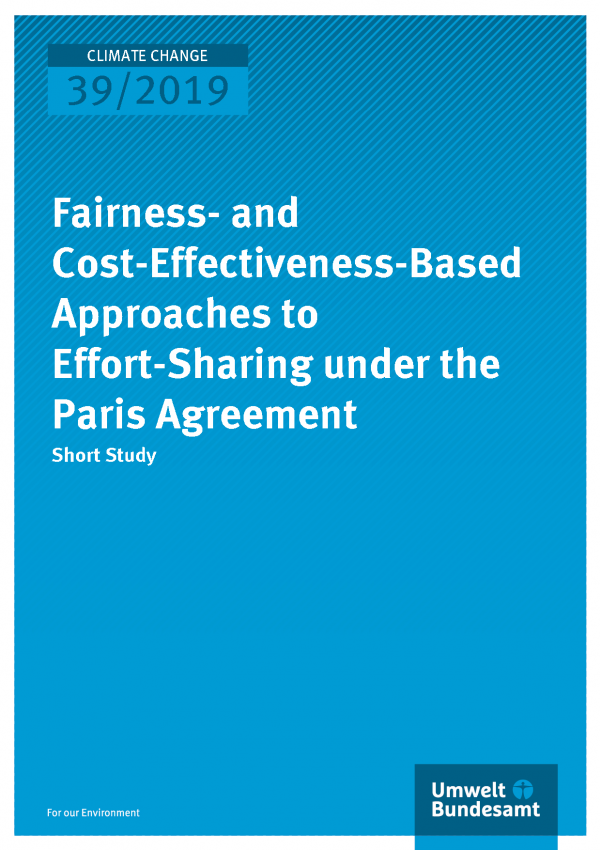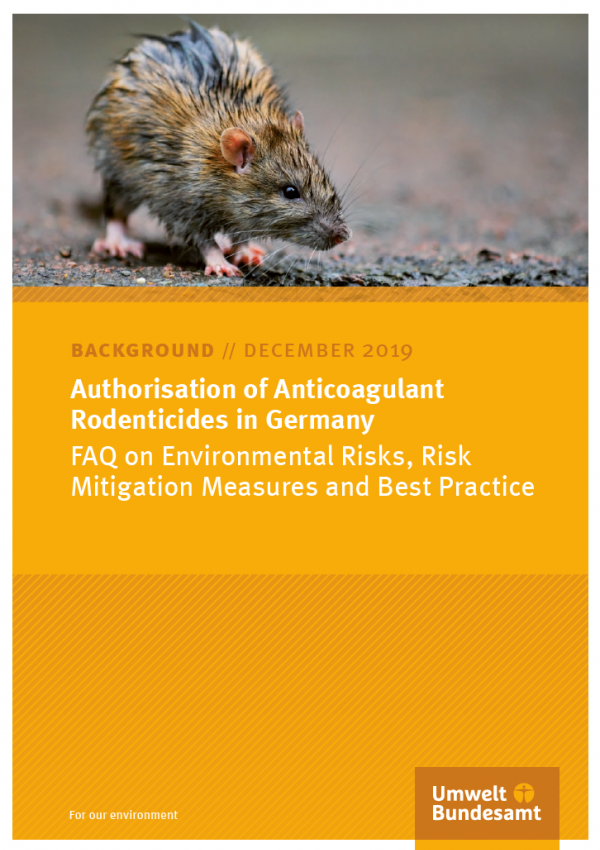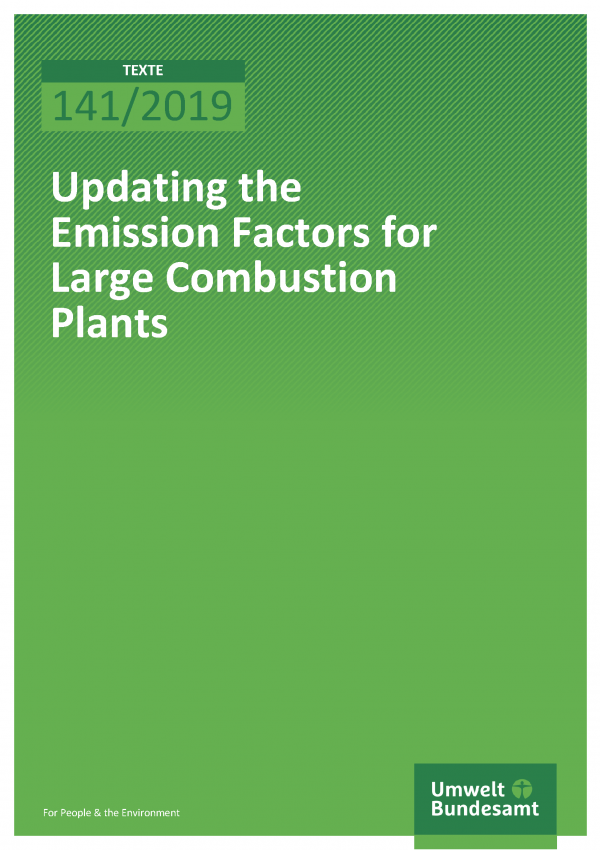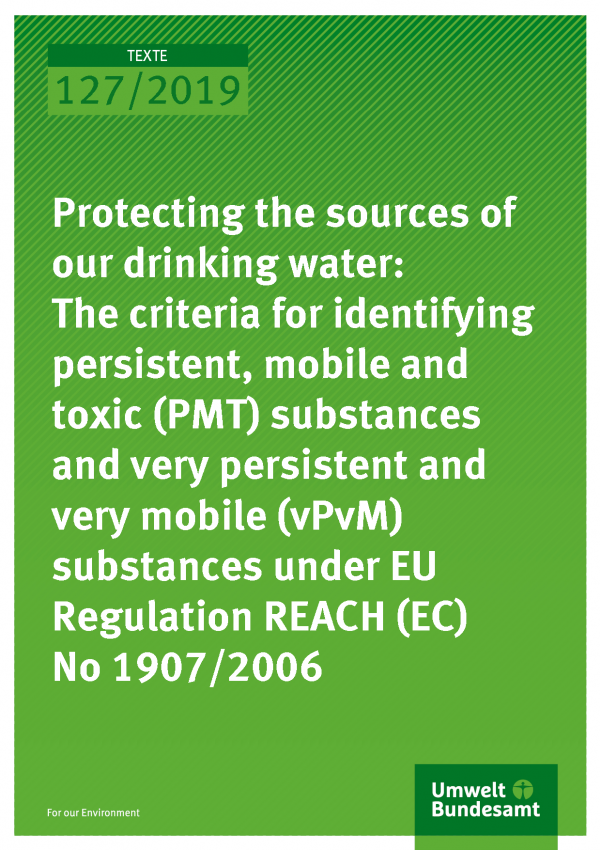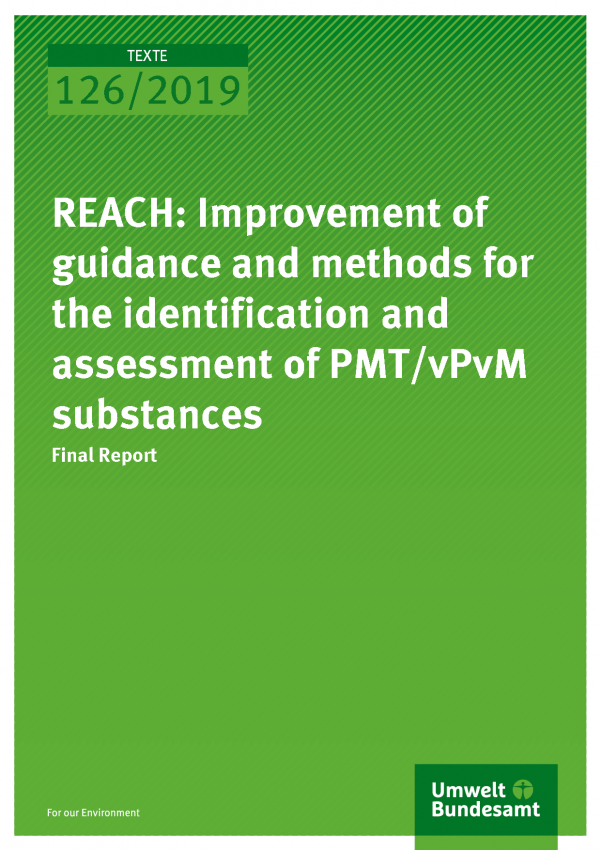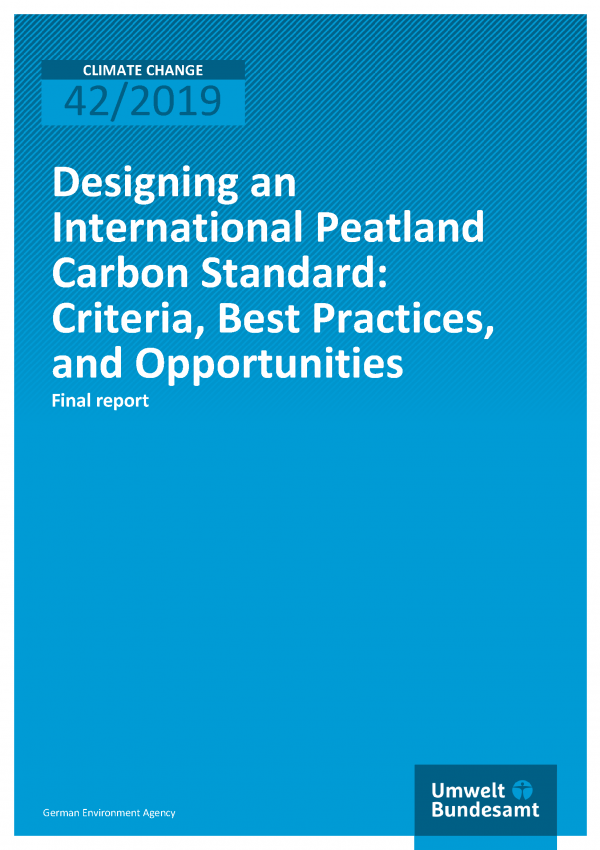Climate | Energy
Fairness- and Cost-Effectiveness-Based Approaches to Effort-Sharing under the Paris Agreement
Short Study
Under the Paris Agreement (PA), Parties to the UN Framework Convention on Climate Change agreed to limit global warming to "well below 2°C above pre-industrial levels" and to make efforts to "limit the temperature rise to 1.5°C above pre-industrial levels". Achieving these temperature objectives depends imperatively on sufficient national climate action in the mid-term. This study commissioned by...read more

